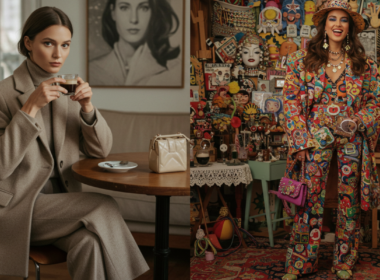In a mesmerising exhibition of movement, Lilian Maximillian Nabaggala, an ardent choreographer, effortlessly blends African traditional dance styles with contemporary movements. With an unwavering passion for honouring tradition while pushing the boundaries of artistry, Lillian’s dance journey serves as a powerful testament to the transformative nature of cultural fusion. Her distinct approach not only seeks to bridge the gap between the past and the present but also embodies a personal quest to unravel her own identity. In this captivating interview, we delve into Lillian’s experiences, insights, and endeavours to preserve traditional dance rituals while adapting them for modern audiences.
FAB: Your work involves a fusion of African traditional dance styles and contemporary movements. How do you strike a delicate balance between honouring tradition and pushing artistic boundaries?
Lillian: Honouring tradition has been a profound experience for me, shaped by the challenges I faced in 2013 and 2014. During an audition, I felt limited by a community of traditional dance choreographers who failed to embrace my street dance background and my individuality. Moreover, traditional dance competitions in school primarily focused on traditional dances, which led me to perceive street dancing, popping, breakdance, and hip-hop as more vibrant and captivating. However, my involvement with the Umoja Cultural Flying Carpet project provided an opportunity for personal growth.

I had to unlearn my preconceptions, embrace Uganda’s traditional cultural heritage, and delve into its history. This immersion instilled a sense of pride within me—a feeling I couldn’t fully explain but one that left an indelible mark. It made me realise that while I might not possess the exact knowledge of how my ancestors performed these dances, I could learn from experienced teachers who had trained traditional troupes for 25 to 30 years. I decided to learn traditional dances directly from these seasoned instructors, seeking a profound understanding of their origins and significance.
Traditional dances carry the stories of our ancestors, reflecting who we were and the activities we engaged in. As an individual living in the present, I recognised that our generation tends to disregard traditional dances, perceiving them as local, cheap, and outdated. To strike a balance, I sought to incorporate both traditional and contemporary styles into my life and choreography. I aimed to understand how these dance forms resonated with me personally.
When I had the chance to travel to Europe, the prevailing style demanded expertise in hip-hop—an art form I hadn’t grown up learning. I couldn’t pretend to be someone who had been practising hip-hop since the age of five; I had started learning it at sixteen. Europe had its own culture, just as we did in Uganda. I pondered how I could connect my ancestral culture with this adopted culture that had already become ingrained in me. I couldn’t be my ancestors, nor could I completely adopt a European identity.











